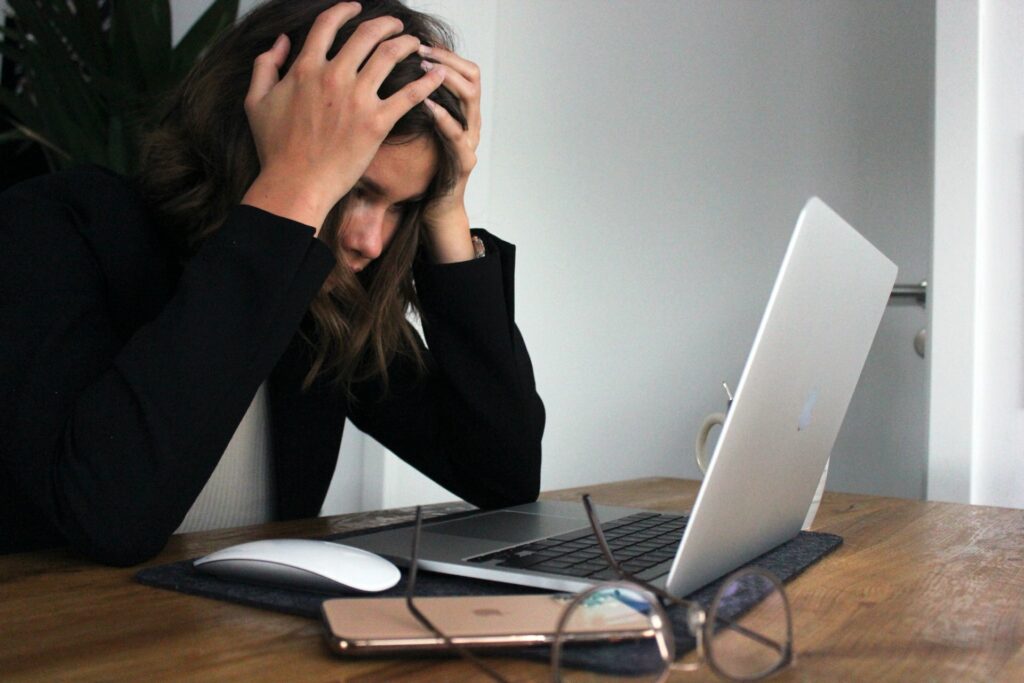Burnout…It Happens to the Best of Us

Burnout …It Happens to the Best of Us. In comparison to their male colleagues, many working women experience unfair work environments. You may have heard the stories…leadership positions and promotions are more difficult to obtain, contributions don’t receive the same amount of credit, views and voices shared at meetings are not heard until re-stated by a man, and professional roadblocks are hit as a result of the belief that being a career woman and a caregiver don’t mix. On top of these examples of workplace oppressions, and what seems to be the never-ending list of others, working women in opposite-gender relationships have a greater role in housework and childcare. Unfortunately, the Vegas rule (“What happens in Vegas, stays in Vegas”) does not always apply here.…







